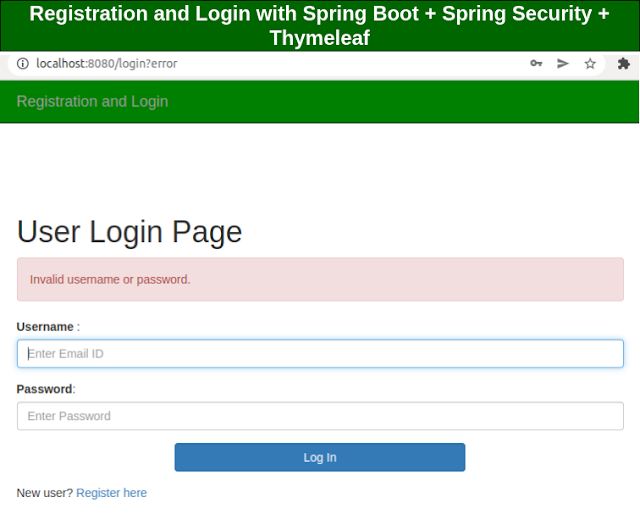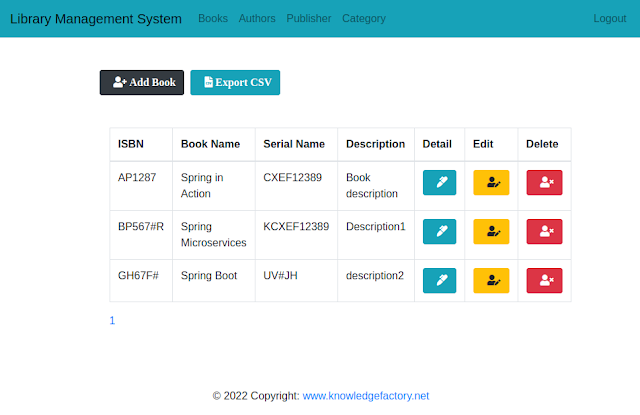Azure Blob Storage + .NET - File Upload, Download, List, and Delete Example
To work with Azure Blob Storage in a .NET application for uploading, listing, downloading, and deleting files, follow these steps:
1. Install Required NuGet Package
Add the Azure.Storage.Blobs package to your project:
2. Set Up Azure Blob Storage Client
Use the BlobServiceClient, BlobContainerClient, and BlobClient classes for interacting with Blob Storage.
3. Code Examples
Initialize the Blob Service Client
Upload a File
List Files
Download a File
Delete a File
4. Putting It All Together
5. Run the Service
6. Additional Notes
- Ensure your connection string has proper permissions for the operations.
- Handle exceptions with try-catch blocks to improve robustness.
- For production, consider using Azure Managed Identity or Key Vault for secure credential management.









